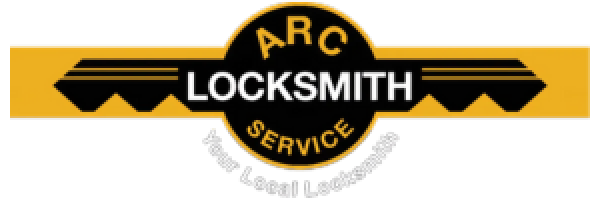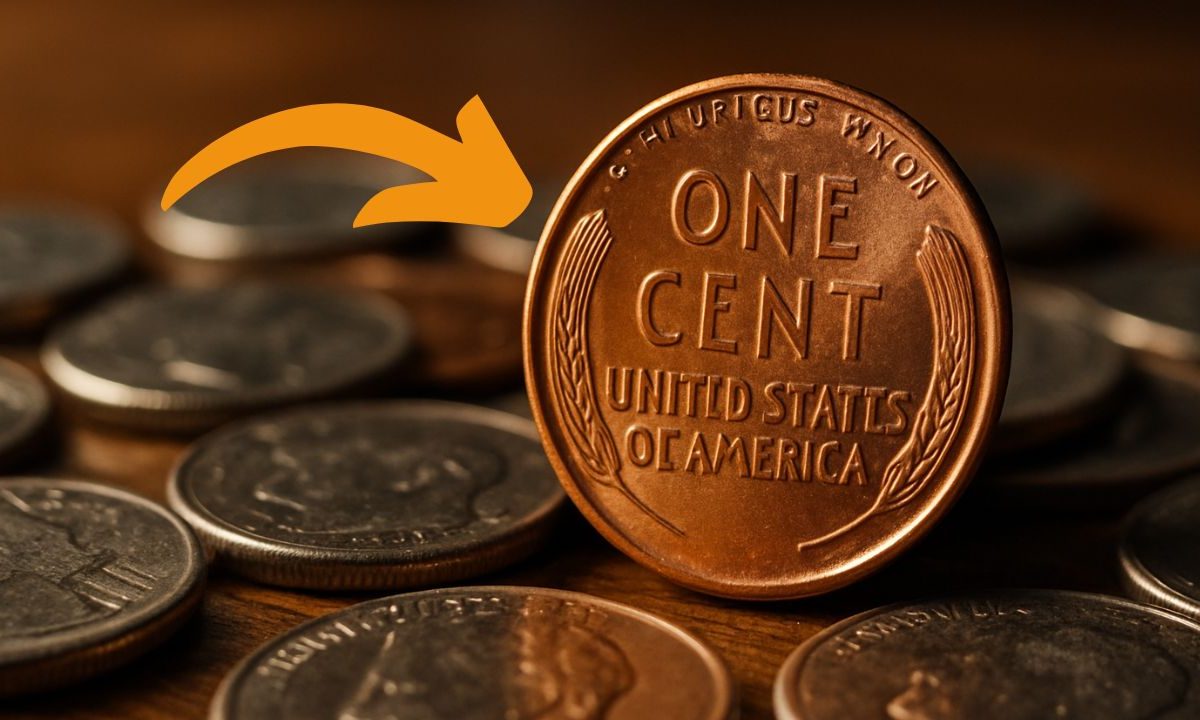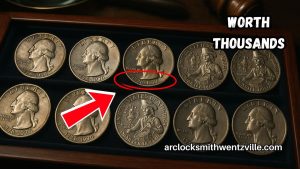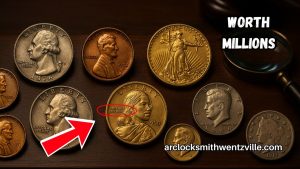Imagine finding a coin that looks ordinary but could be worth $110 million. That’s the rumor around a rare Lincoln Wheat Penny.
Some collectors even think it might still be sitting in someone’s change jar.
Here’s a clear, organized guide to what this coin is, why it could be worth so much, and how to check your pennies.
What Is The $110 Million Lincoln Wheat Penny?
The Lincoln Wheat Penny was minted from 1909 to 1958. Most are common, but a few rare errors and special varieties are extremely valuable.
The coin behind the rumor is said to be a one-of-a-kind minting mistake, which, if confirmed and authenticated, could reach an extraordinary price among top collectors.
Brief History Of The Wheat Penny
First issued in 1909 to honor Abraham Lincoln’s 100th birth anniversary, the coin shows two wheat stalks on the reverse.
Over the decades, several notable varieties appeared—most famously the 1943 bronze (copper) cent and the 1955 doubled die obverse—that have sold for very high prices at auction.
Why Could A Penny Be Worth $110 Million?
A coin reaches huge prices when it is truly unique, historically interesting, and in excellent condition.
Known rarities like a certified 1943 bronze Wheat Penny have already sold for over $1 million.
A previously unknown, unique experimental strike or major error—paired with strong demand—could push a price tag into nine figures.
Could It Still Be In Circulation?
Possibly. There are billions of pennies moving through banks, stores, and home coin jars. A rare piece might have slipped through unnoticed.
That’s why collectors regularly check bank-wrapped rolls, everyday change, and old family stashes—because a life-changing find can hide in plain sight.
Valuable Wheat Pennies To Know
- 1909-S VDB: First-year issue with designer initials; limited mintage.
- 1914-D: Low mintage from Denver; heavily collected.
- 1943 bronze (error): Should have been steel during WWII; a few bronze pieces exist.
- 1955 doubled die obverse: Obvious doubling on date and lettering.
- 1969-S doubled die obverse: Extremely scarce and closely examined by experts.
How To Spot A Rare Wheat Penny
- Check Date And Mintmark
Focus on 1909-S VDB, 1914-D, and any 1943 coin that appears bronze instead of steel. - Look For Doubling
On the 1955 doubled die, the date and letters show strong doubled images that are easy to see. - Use A Magnifying Glass
Tiny details matter. Small differences can make a big difference in value. - Confirm With Professional Grading
If you suspect something special, submit it to PCGS or NGC for authentication and a formal grade, which helps determine value.
Key Facts At A Glance
- Some 1943 steel cents were made from recycled wartime metal.
- Fewer than 20 confirmed 1943 bronze cents are known worldwide.
- A 1958 doubled die Wheat Penny has reportedly sold for over $1.7 million.
The story of a $110 million Lincoln Wheat Penny is exciting because it combines extreme rarity, mystery, and the hope of a lucky discovery.
While no public auction has confirmed that exact price, the coin market proves that unique errors and one-off strikes can sell for remarkable amounts.
Learn the key dates, check for classic errors, and use trusted grading services—because the next great find could be sitting in your pocket.
FAQs
Can An Ordinary Wheat Penny Be Worth Millions?
Yes—if it’s a rare error or special variety like the 1943 bronze or 1955 doubled die, and it has been authenticated and is in strong condition.
How Do I Know If My Wheat Penny Is Valuable?
Compare the year, mintmark, and condition with known rarities. When in doubt, send it to PCGS or NGC for professional grading.
Is The $110 Million Price Real?
There’s no verified public sale at that number. However, a truly unique, authenticated coin could reach extraordinary prices with elite collectors.




